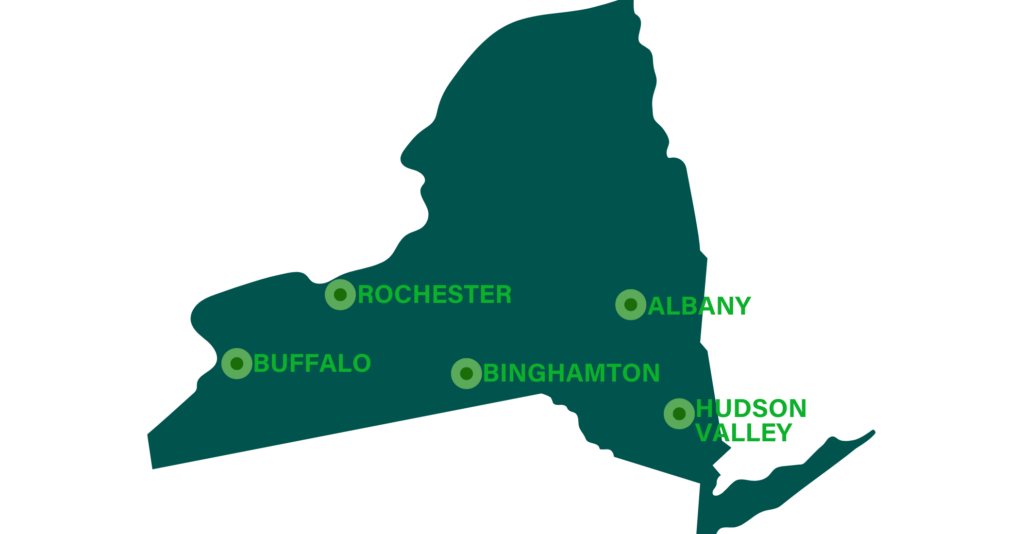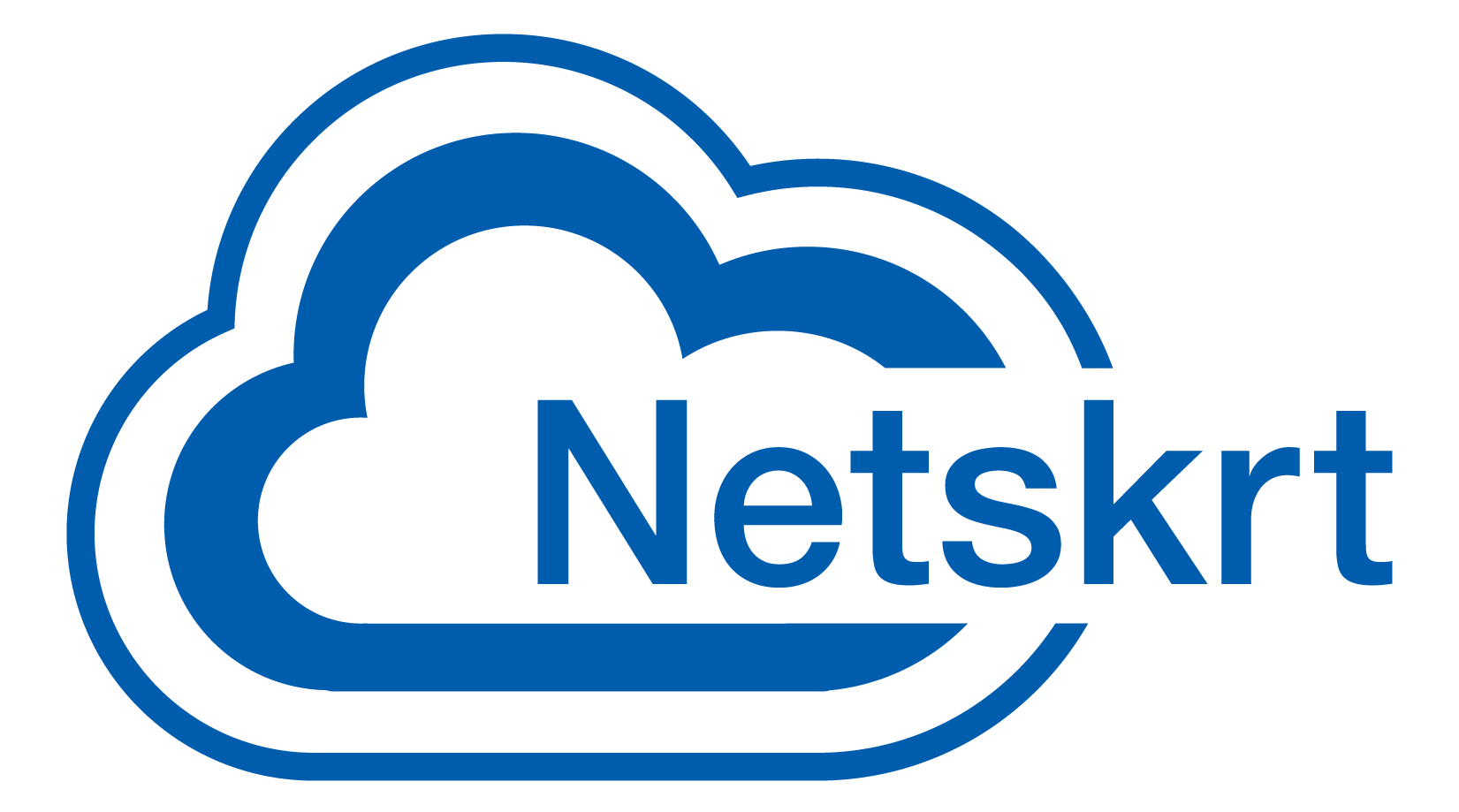Customer Story
Greenlight Networks ensures high Quality of Experience with Netskrt's Last-Mile CDN.
Summary
Solution: Using the Netskrt Last-Mile CDN, Greenlight can quickly implement CDN capabilities at the outskirts of their network, bringing video content closer to viewers.
Greenlight was looking for a way to cost effectively manage peaks in traffic caused by video streaming to make sure their customers have excellent QoE. They found Netskrt’s Last-Mile CDN.
Greenlight Networks is an award-winning ultra-high-speed broadband service provider serving the Buffalo, Rochester, Binghamton, Albany and Hudson Valley regions of New York state. Offering residential and small business customers internet speeds up to 5 Gigabits per second, the company’s mission is to deliver the best internet experience to its local communities.
Greenlight expanding into communities
Established in 2011, Greenlight builds, owns, and operates a fiber-optic network that provides extremely high-speed internet connections to approximately 170,000 homes across 27 municipalities. Since receiving a majority investment from Oak Hill Capital in 2022, Greenlight has accelerated its expansion plans. “Greenlight is excited to expand internet access to cities and towns across New York State and the Northeast. Our goal is to continue driving network efficiency and delivering the highest quality of experience to all of our customers,” says Lou Goetzman, Director of Network Engineering and Operations at Greenlight Networks.

Ensuring exceptional Quality of Experience (QoE) is critical
As the company builds the network infrastructure to bring broadband to more consumers, it keeps high-quality end user experience front and center. This includes making sure fans of the local NFL team are getting a great picture and live action as it’s happening — even when games are playing on streaming-only platforms.
“You really don’t want the end user to see any buffering circles or distortion,” said Lou Goetzman, director of network and engineering for Greenlight. “Nothing gives an end user a worse experience than slow speeds or latency.”
Greenlight plans its network capacity to comfortably accommodate the typical day-to-day and seasonal demands of its end users, along with occasional increases in traffic that occur when streaming platforms release popular shows and movies, for example.
In the last several years, however, live streaming sports have become the biggest contributor to spikes in network traffic. Two recent streaming-only NFL games each generated 25% more traffic on Greenlight’s network than its usual evening-hours peak.
Streaming video delivery challenges QoE
Although Greenlight is providing ultra-high-speed fiber connections to each of its customers, the source for live and on-demand streaming video usually resides upstream from the access networks. This means that factors such as distance to and congestion at Content Delivery Networks (CDNs), gateways, and peering points can cause slow speeds and latency, leading to degraded video quality — even if there’s plenty of bandwidth to carry the streams.
To make sure their customers have a good viewing experience while making the most efficient use of network resources, Goetzman and his team work to strike a balance between provisioning enough bandwidth for peak demand and managing the costs of backhaul capacity. Rather than subscribing to more external bandwidth on an ongoing basis or installing equipment at expensive upstream data centers or “carrier hotels,” Goetzman says that in the past, paying occasional overage charges was the compromise.
Netskrt helps Greenlight ensure subscribers get high QoE for VOD and live events
Today, Greenlight is using CDN appliances with embedded cache, including Netskrt’s Last-Mile CDN, that helps to bring high demand, high-bandwidth traffic closer to its end users. By using novel approaches to identifying, managing, and caching content, such as pre-positioning popular and promoted content, the Netskrt Last-Mile CDN prioritizes limiting caching resources and makes better use of backhaul capacity. During live and significant content events, embedded caches reduce the likelihood of network congestion by moving the source for the delivered video streams into the access network, meaning that consumers in the access network all get their streams from the embedded cache. This means that there is a lower demand for upstream network connectivity from the access network which reduces the chance of network congestion and lowers the impact that event-based traffic has on other internet services being used at the same time.
The CDN appliances are the best solution for us."
Lou Goetzman, Director of Network and Engineering, Greenlight Networks



